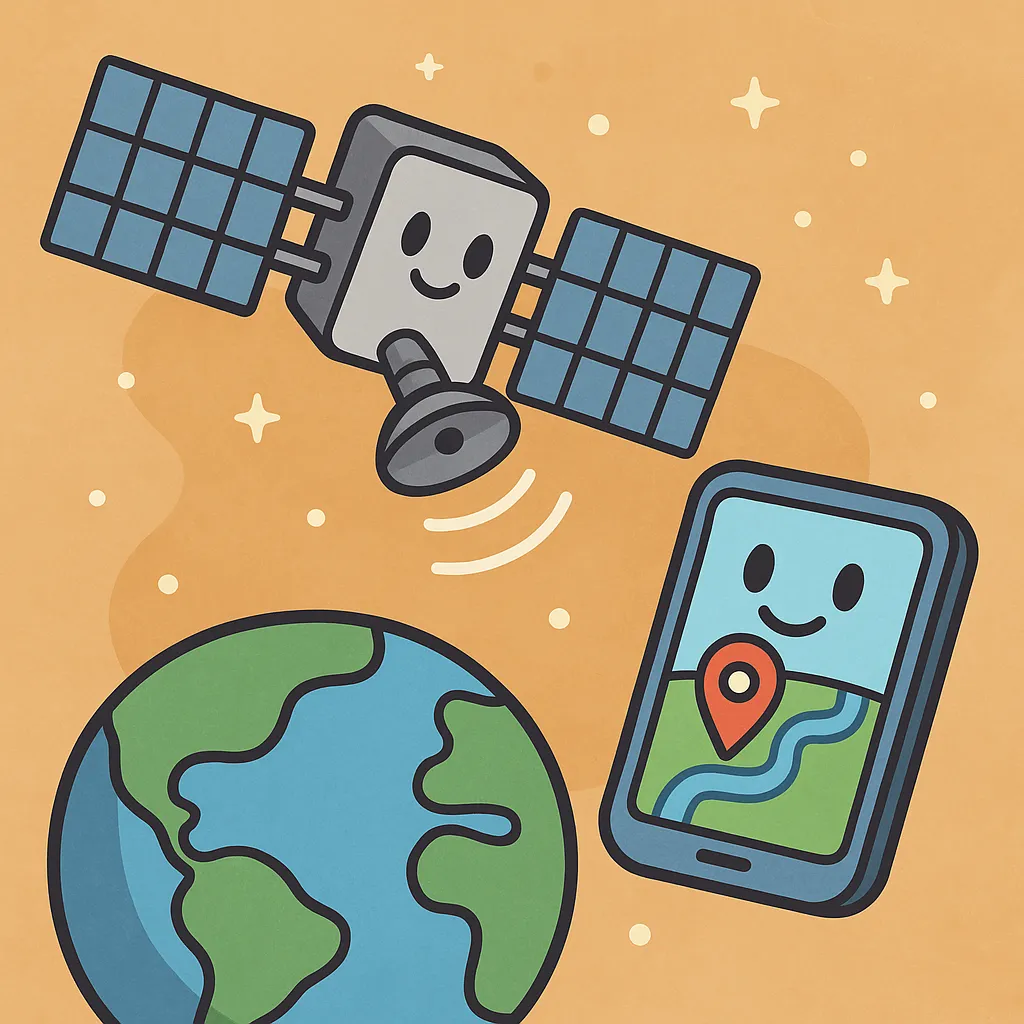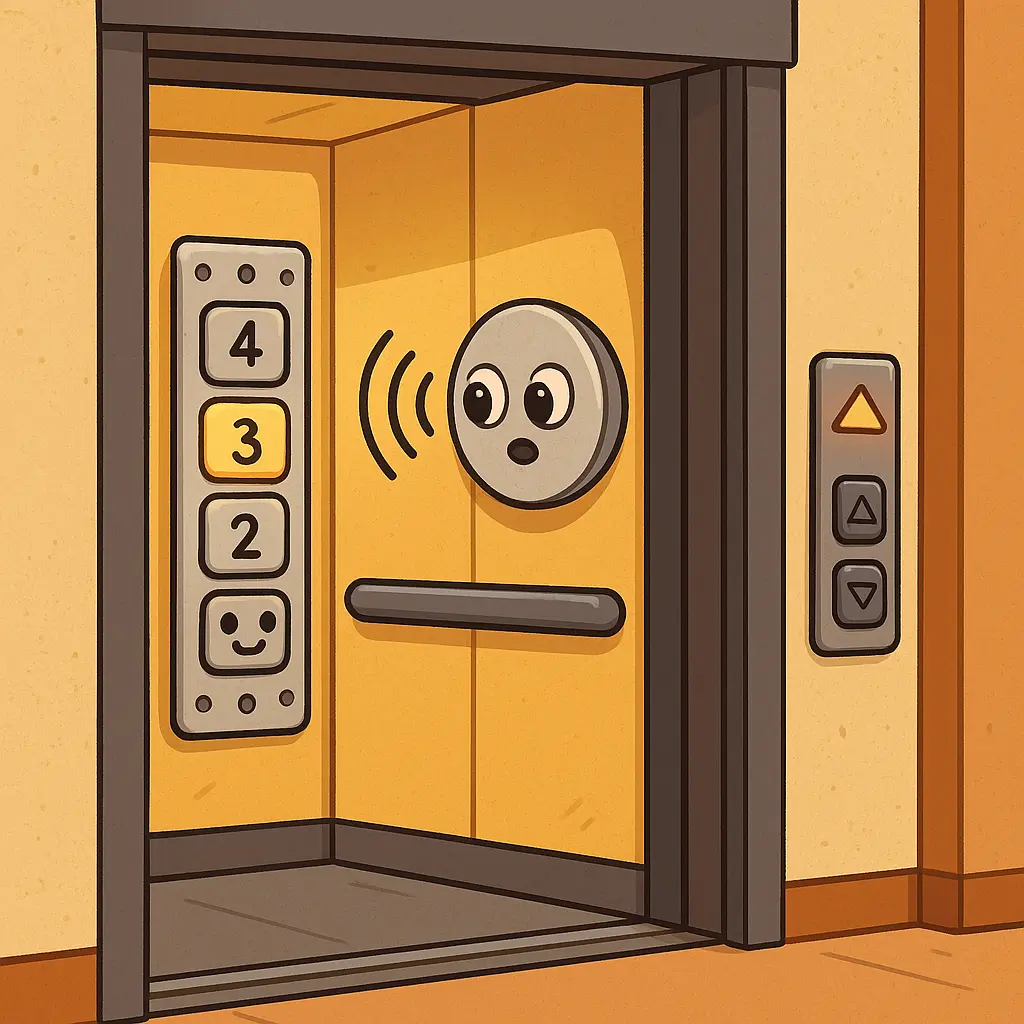Satellites and Signals Working Together
GPS, or Global Positioning System, works by using signals from satellites orbiting Earth. Each GPS satellite sends a timed radio signal down to your receiver (like the one in your phone or car). By comparing how long it takes signals from at least four satellites to arrive, your device can calculate your exact location. This timing is so precise that even a one-billionth of a second delay could change your position by many centimeters. That’s why satellites carry atomic clocks to keep perfect time.
Extra Help from the Ground
GPS doesn’t only rely on satellites. On Earth, ground stations constantly check satellite positions and correct minor errors. Many countries also use “augmentation systems” to improve accuracy. For example, the U.S. has WAAS (Wide Area Augmentation System), Europe has EGNOS, and Japan has MSAS. These systems send correction signals back to GPS users, making location data accurate to just a few meters or even better.
GPS Around the World
While GPS is the most well-known, it isn’t the only system. Russia runs GLONASS, the European Union operates Galileo, and China has BeiDou. In some countries, phones and devices can use signals from several systems at once, making positioning even more accurate. Farmers use this ultra-precise GPS to plant seeds perfectly straight, pilots rely on it for safe landings, and delivery companies use it to guide drivers to exact addresses.
FAQs
Q: How accurate is GPS on a phone?
A: Usually within 5 meters, but with extra corrections, it can be less than 1 meter.
Q: Can GPS work indoors?
A: Not very well—walls and roofs block the signals, which is why GPS works best outside.
🧠 Conspiracy Theory
GPS isn’t really satellites—it’s just a team of very fast pigeons carrying tiny maps.
😅 Dad Joke
Why did the phone break up with GPS? Because it said, “You’re too controlling—you always tell me where to go!”









